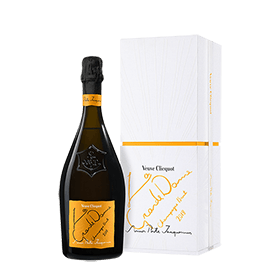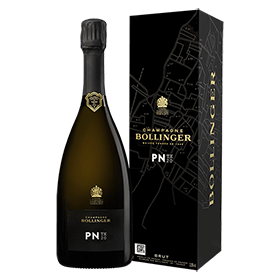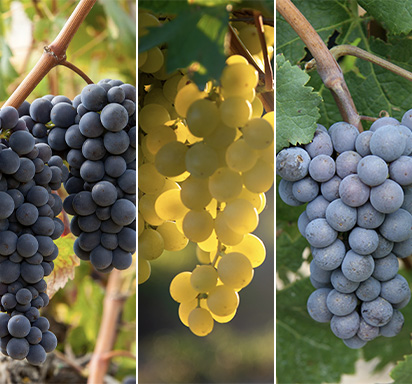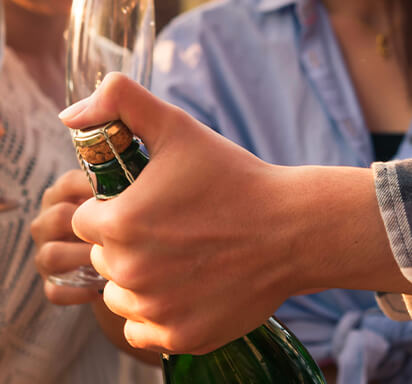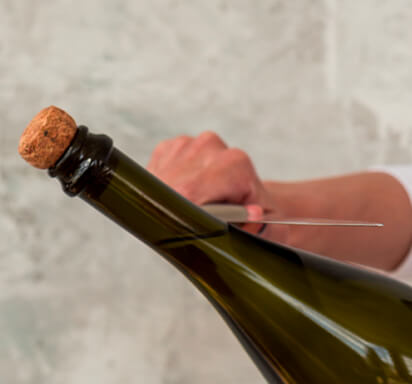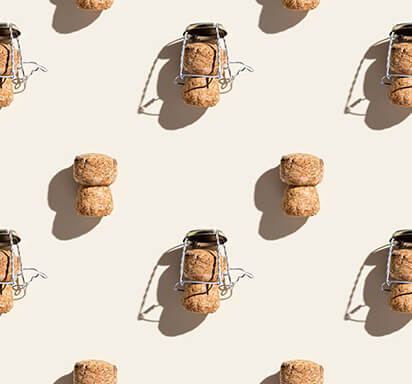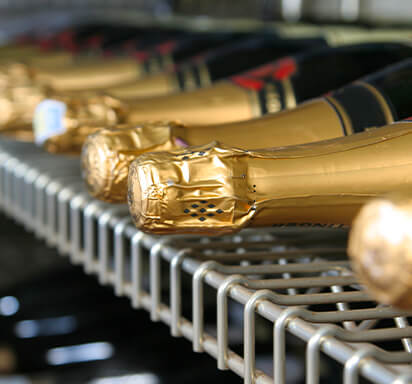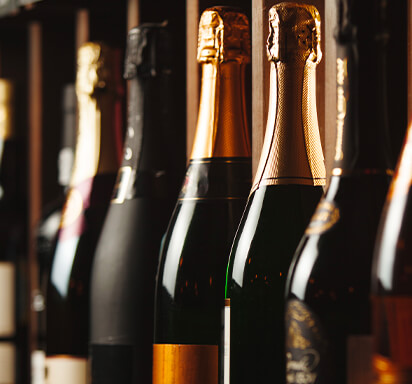Blanc de Blancs vs. Blanc de Noirs: Discover the Differences
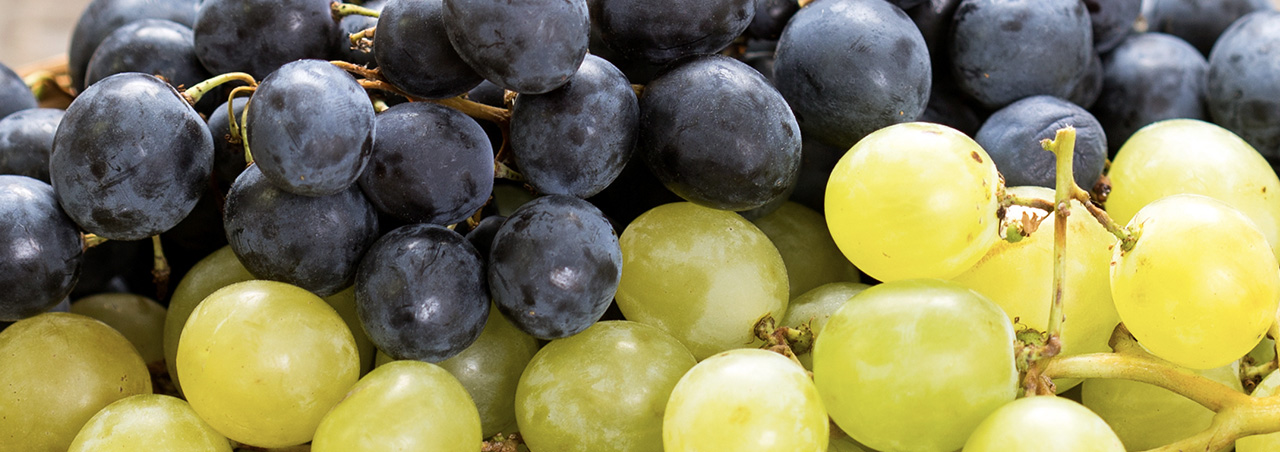
Unveil the unique characteristics of Champagne Blanc de Blancs and Blanc de Noirs. Learn how these two styles differ in flavor, grape varieties, and food pairings to elevate your Champagne experience.
Understanding Champagne Blanc de Blancs and Blanc de Noirs
Champagne is synonymous with celebration, sophistication, and indulgence. Among its many styles, Blanc de Blancs and Blanc de Noirs stand out as distinctive expressions of this iconic sparkling wine. But what exactly do these terms mean, and how do they influence the taste and character of your Champagne? Let’s dive into the details of these two unique styles and discover what makes them special.
What is Champagne Blanc de Blancs?
The term Blanc de Blancs translates to “white from whites” in French. This style of Champagne is made exclusively from white grape varieties, and in the Champagne region, that typically means 100% Chardonnay.
Characteristics of Blanc de Blancs
Chardonnay grapes contribute to a Champagne that is often described as elegant, refined, and delicate. Blanc de Blancs typically has:
The flavor profile of Blanc de Blancs are notes of citrus, green apple, floral (acacia and elderflower), and sometimes a touch of brioche or almond as it ages. Blanc de Blancs are crisp, with a light body, a bright acidity and a mineral-driven finish. Many Blanc de Blancs Champagnes age beautifully, developing richer, creamier textures and complex flavors over time.
When to Enjoy Blanc de Blancs
Blanc de Blancs is a versatile choice that pairs wonderfully with foods that mirror its light and fresh character. It’s perfect with fresh seafood like oysters, scallops, or sushi. Creamy cheeses such as goat cheese or brie. Delicate dishes like grilled fish or salads. Discover our Champagne and food pairing guide!
What is Champagne Blanc de Noirs?
On the other hand, Blanc de Noirs means “white from blacks.” This style of Champagne is made exclusively from black grape varieties, predominantly Pinot Noir and sometimes Pinot Meunier.
Characteristics of Blanc de Noirs
Because it comes from black grapes, Blanc de Noirs tends to have a fuller body and more robust flavors than Blanc de Blancs. With a Blanc de Noirs Champagne, you should expect rich notes of red berries, baked apples, spice, and a touch of earthiness or toasted bread. The structure is rounder, more textured palate with depth and a softer acidity. While still age-worthy, Blanc de Noirs often matures faster than Blanc de Blancs, offering complex flavors sooner.
When to Enjoy Blanc de Noirs
Blanc de Noirs is bold enough to stand up to richer dishes, making it an excellent choice for pairing with: Roasted meats like duck or pork. Mushroom-based dishes or truffle-infused foods. Hearty cheeses such as aged gouda or Parmesan.
Key Differences Between Blanc de Blancs and Blanc de Noirs
While both styles are crafted with exceptional skill, their differences come down to the grape varieties and the resulting flavors.
Light vs. Bold: Blanc de Blancs is light, zesty, and fresh, while Blanc de Noirs is richer, more robust, and fruit-forward.
Pairing Versatility: Blanc de Blancs shines with lighter dishes, whereas Blanc de Noirs pairs well with heartier fare.
Occasions: Blanc de Blancs feels perfect for daytime events or aperitifs, while Blanc de Noirs is a great choice for evening dinners or celebrations.
Choosing Between Blanc de Blancs and Blanc de Noirs
Your choice ultimately depends on your personal taste preferences and the occasion. If you’re looking for something crisp, refined, and refreshing, opt for a Blanc de Blancs. For a Champagne with depth, richness, and bold flavors, reach for a Blanc de Noirs.
Both Blanc de Blancs and Blanc de Noirs showcase the artistry and versatility of Champagne. Each offers a unique way to experience the magic of sparkling wine, from the crisp elegance of Chardonnay to the bold richness of Pinot Noir. Next time you’re selecting Champagne, why not try one of each and explore the contrast for yourself? Cheers to discovering your favorite style!
You may like
Discover how Chardonnay, Pinot Noir, and Pinot Meunier shape the distinct character of Champagne. Learn about rare grape varieties and explore notable examples from top producers in the world’s most famous sparkling wine region.
7/4/2024To help you safely open a bottle of bubbly, we have put together a guide with 6 simple steps. Learn more about when to open a bottle of Champagne and how to do it in the safest and most graceful way.
3/11/2023A swift swoop of the knife along the neck of the bottle, followed by a “pop!” as the glass shatters and the “hiss” of the Champagne as it flows out. There is no more festive way of opening a bottle of Champagne than by sabering it
3/8/2023Guardian of the bottle and the precious bubbly inside, the cork serves an essential role in the preservation of Champagne. Over the years, it has evolved and adapted to this very special role.
3/6/2023What is the best way to store Champagne or sparkling wine for the short or long term? Find here best storage practices, which will help keep your bottle of bubbly Champagne or sparkling wines fresh for as long as possible.
2/20/2023Seeking a bottle of champagne for a special occasion but not sure which style to choose? We hear you. Champagne is one of the most complex styles of wine, available in a wide range of colors and at many different sweetness levels.
2/20/2023


